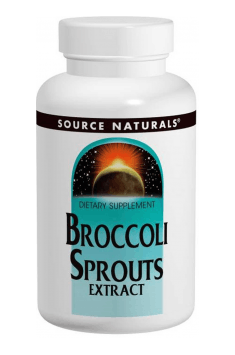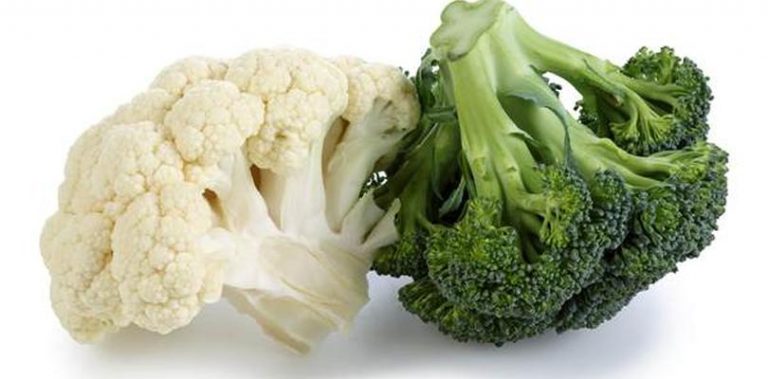Cruciferous vegetables of the Brassica group, which broccoli, cauliflower and cabbage are a part of, contain a significant amount of secondary metabolites: the glucosinolate and myrosinase enzyme. In the process of shredding or later chewing the vegetables, glucosinolates are transformed into isothiocyanates, such as sulforaphane.
Sulforaphane protects against cancer
Multiple studies show chemo preventive properties of sulforaphane: reduces the severity of cancer, diseases of the retina and skin lesions resulting from exogenous factors or genetic predisposition.
Diet that includes a small amount of sulforaphane activates the production of detoxifying enzyme called glutathione (GSH) which at the same time protects against certain types of cancer, such as colon cancer. This happens because sulforaphane combines with glutathione and stimulates cells to produce more glutathione. However, too much sulforaphane deprives the body of the ability to detoxify itself.
Effect on stem cells

Up until know, there was not much information about the effects of sulforaphane on stem cells, which longevity affects the aging process in people. These stem cells, also called bone marrow stromal cells or mesenchymal stem cells (MSC), are primary mesodermal cells, which produce the body skeletal muscle cells, blood cells, the vascular system, urogenital system and connective tissue.
Studies carried out by molecular biologists from Seconda Università degli Studi from Naples show that low dosages of sulforaphane (the same amount that appears in the body after eating brassica vegetables) promotes proliferation of stem cells MSC and defending them from apoptosis (programmed death) and aging.
Low concentration of sulforaphane did not only resulted in a greater number of new stem cells, but also allowed the existing stem cells to live longer.
Higher dosages showed the opposite effect, cytotoxic, resulting in cell cycle arrest, programmed death and aging of the cells.
Health only in small doses
Studies showed the effects of hormesis based on the compound having the opposite biological effect depending on the dosage. Mostly, such as in this case, it stimulates and benefits in small doses, but is inhibiting and toxic in in larger doses (another example of hormesis is vitamin A, which in small doses is essential to develop correctly, but in larger doses can cause anorexia, mental disorders and other symptoms.
Sulforaphane turned out to be a supplement exerting a protective action towards stem cells in small doses (at least in vitro), and in higher doses it showed cytostatic or cytotoxic effects, disrupting the normal function of stem cells (it’s especially worrying in the context of higher doses of sulforaphane in the fight against cancer).
However, low consumption of sulforaphane, which we can get by eating brassica vegetables (broccoli, cabbage, cauliflower) are beneficial for our health and protective towards stem cells, supporting their reproduction and life span.
Broccoli for muscles
As it turns out, apart from a lot of beneficial for health effects, brassica vegetables seem to be a perfect choice for body builders and other athletes interested in building up or maintaining their muscle mass. The protection of stem cells, which also produce muscle cells, promote regeneration and growth of muscles.
In this case, vegetables are probably a better option than some of the offered products from manufacturers producing extracts from brassica vegetables, because – as the Italian study shows – any excess of sulforaphane has a toxic effect.
Source
Research : Zanichelli F., Capasso S., Cipollaro M., Pagnotta E., Cartenì M., Casale F., Iori R., Galderisi U.. Dose-dependent effects of R-sulforaphane isothiocyanate on the biology of human mesenchymal stem cells, at dietary amounts, it promotes cell proliferation and reduces senescence and apoptosis, while at anti-cancer drug doses, it has a cytotoxic effect. Age (Dordr). 2012 Apr;34(2):281-93. doi: 10.1007/s11357-011-9231-7. Epub 2011 Apr 6.
https://www.ncbi.nlm.nih.gov/pubmed/21465338







One Comment